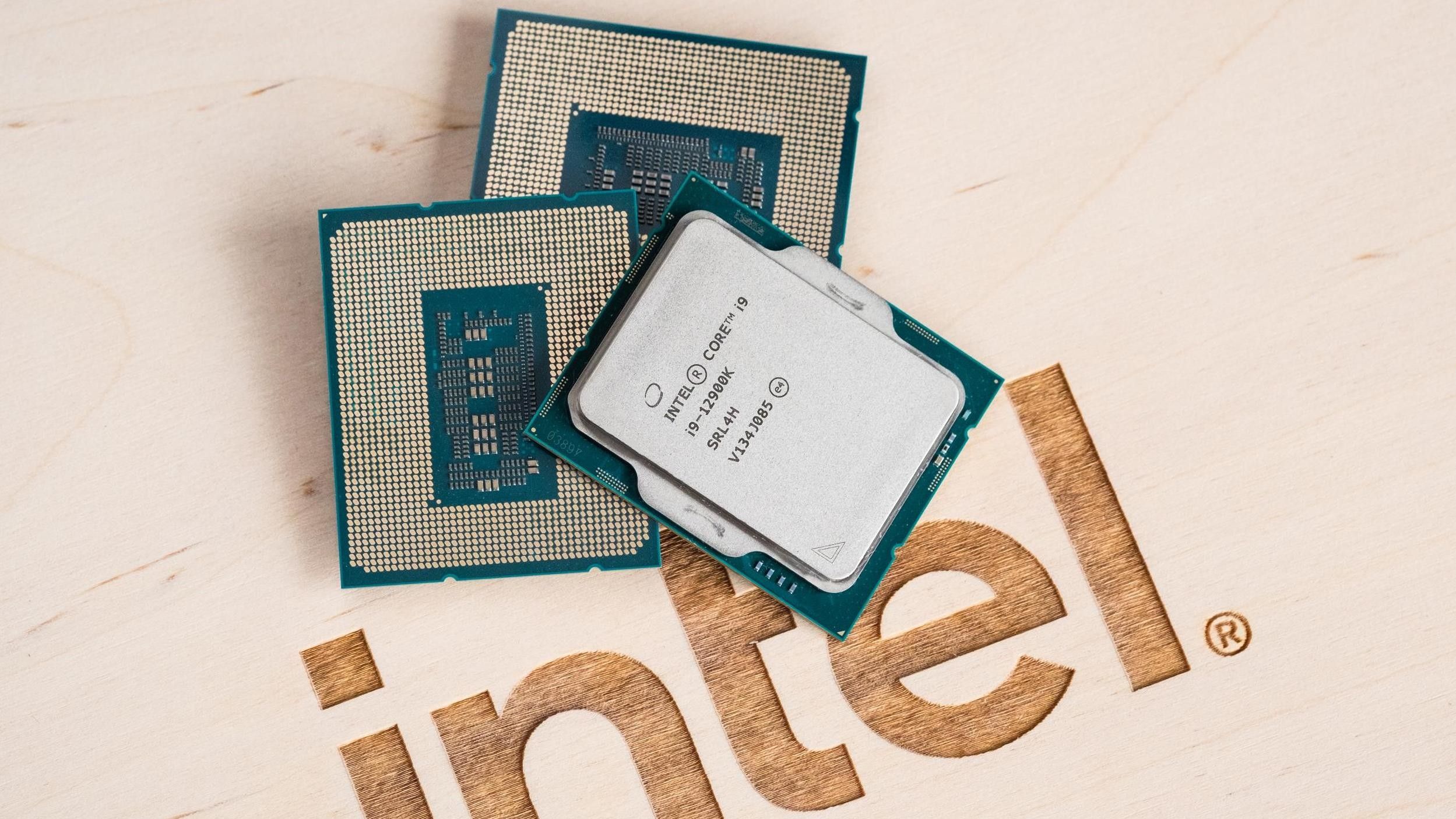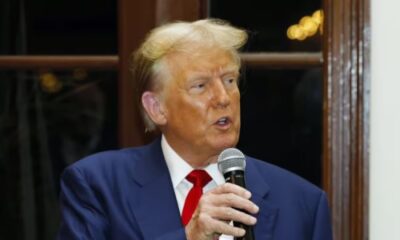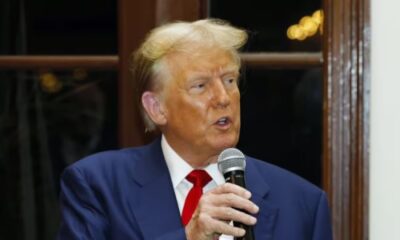Business
US Government Takes 10% Stake in Intel, Shifts Procurement Dynamics

The US government has acquired a 9.9% stake in Intel Corporation as part of a strategy to bolster national security and support the domestic semiconductor industry. This decision, announced by President Donald Trump on March 15, 2024, transforms Intel into a government-backed entity, which will have significant implications for enterprise procurement practices globally.
In a post on Truth Social, Trump stated, “It is my Great Honor to report that the United States of America now fully owns and controls 10% of INTEL, a Great American Company.” He emphasized that the government did not pay for these shares, which he valued at approximately $11 billion. Intel’s response clarified that the $8.9 billion investment comprises funds from the Department of Defense’s Secure Enclave program and remaining CHIPS Act grants.
This acquisition positions the US government as Intel’s largest shareholder, although it will not have representation on the company’s board. Intel has agreed to allow the government to purchase an additional 5% stake if it loses majority control of its foundry business. “As the only semiconductor company that does leading-edge logic R&D and manufacturing in the US, Intel is deeply committed to ensuring the world’s most advanced technologies are American made,” stated Intel CEO Lip-Bu Tan.
The New Procurement Landscape
Intel’s new status as a government-supported national champion alters how enterprises will assess supplier relationships. Sanchit Vir Gogia, chief analyst at Greyhound Research, pointed out that procurement has traditionally focused on cost and performance metrics. “Intel’s repositioning disrupts that calculus,” he noted.
The implications of this change extend beyond price and performance. Neil Shah, vice president for research at Counterpoint Research, indicated that IT leaders must adjust their procurement strategies in light of Intel’s government backing. “With Intel’s growing role as a national champion, IT leaders need to recalibrate their procurement strategies,” he stated. The redefined role of Intel could enhance supply chain stability, particularly against the backdrop of global geopolitical tensions.
However, this dual role of Intel as both a commercial vendor and a national security asset introduces new complexities for enterprises assessing future technology roadmaps. Concerns arise over potential resource allocation shifts, as Gogia warned that engineering efforts might be diverted from competitive product development in areas such as artificial intelligence and data center silicon.
Conversely, Dr. Danish Faruqui, CEO at Fab Economics, countered that R&D resource allocations remain consistent for both public and private sectors. He assured enterprise customers that delays in technology maturity should not be a concern.
Impact on Global Competition
The US government’s investment may create a two-tiered global market, where international enterprises, particularly in Europe and Asia, face challenges due to potential supply prioritization for US customers. “Intel’s government-backed monopoly raises concentration risk,” Gogia cautioned. This scenario may paradoxically create opportunities for competitors like AMD, Nvidia, and Qualcomm, who might benefit from reduced pressure against a subsidized rival.
Farauqui emphasized that sourcing extends beyond Intel, suggesting that the presence of multiple foundries—including TSMC and Samsung—should maintain competitive options for customers. This broader context surrounding the CHIPS Act funding could potentially enhance innovation across the semiconductor sector.
Despite the financial stability provided by the government’s support, questions remain regarding Intel’s foundry business. Analysts express skepticism about whether this backing resolves fundamental operational challenges. Alvin Nguyen, senior analyst at Forrester, characterized the investment as a critical lifeline for Intel’s foundry division, which continues to struggle with attracting customers. “This does not mean the risks associated with their foundry business are gone,” he cautioned.
The underlying challenge persists: Intel must demonstrate its technical capabilities and service quality to secure business from major chip designers, regardless of federal support.
As the situation evolves, industry experts advise close monitoring of Intel’s performance. “IT leaders should closely monitor Intel’s progress on its technology roadmap and price competitiveness,” Shah recommended. Gogia suggested that enterprises consider Intel’s foundry as a politically secured option for compliance-heavy workloads, but not as a primary provider of leading-edge capacity.
In summary, the US government’s acquisition of a stake in Intel marks a significant shift in the semiconductor landscape. While it promises enhanced stability and support for American manufacturing, it also introduces complexities for global procurement strategies and competitive dynamics within the technology sector. As companies navigate this new reality, a careful assessment of Intel’s evolving role will be crucial.
-

 World1 week ago
World1 week agoPrivate Funeral Held for Dean Field and His Three Children
-

 Top Stories2 weeks ago
Top Stories2 weeks agoFuneral Planned for Field Siblings After Tragic House Fire
-

 Sports3 months ago
Sports3 months agoNetball New Zealand Stands Down Dame Noeline Taurua for Series
-

 Entertainment3 months ago
Entertainment3 months agoTributes Pour In for Lachlan Rofe, Reality Star, Dead at 47
-

 Entertainment2 months ago
Entertainment2 months agoNew ‘Maverick’ Chaser Joins Beat the Chasers Season Finale
-

 Sports3 months ago
Sports3 months agoSilver Ferns Legend Laura Langman Criticizes Team’s Attitude
-

 Sports1 month ago
Sports1 month agoEli Katoa Rushed to Hospital After Sideline Incident During Match
-

 World2 weeks ago
World2 weeks agoInvestigation Underway in Tragic Sanson House Fire Involving Family
-

 Politics2 months ago
Politics2 months agoNetball NZ Calls for Respect Amid Dame Taurua’s Standoff
-

 Top Stories2 weeks ago
Top Stories2 weeks agoShock and Grief Follow Tragic Family Deaths in New Zealand
-

 Entertainment3 months ago
Entertainment3 months agoKhloe Kardashian Embraces Innovative Stem Cell Therapy in Mexico
-

 World4 months ago
World4 months agoPolice Arrest Multiple Individuals During Funeral for Zain Taikato-Fox





















